-
 bitcoin
bitcoin $106975.071866 USD
-0.29% -
 ethereum
ethereum $3871.670850 USD
-0.07% -
 tether
tether $1.000261 USD
-0.01% -
 bnb
bnb $1084.417621 USD
-0.50% -
 xrp
xrp $2.348167 USD
0.82% -
 solana
solana $185.621736 USD
0.45% -
 usd-coin
usd-coin $0.999833 USD
-0.04% -
 tron
tron $0.313423 USD
0.81% -
 dogecoin
dogecoin $0.188856 USD
0.54% -
 cardano
cardano $0.630416 USD
-0.49% -
 hyperliquid
hyperliquid $36.506353 USD
2.24% -
 ethena-usde
ethena-usde $0.999584 USD
-0.01% -
 chainlink
chainlink $16.750026 USD
-0.77% -
 stellar
stellar $0.313373 USD
0.37% -
 bitcoin-cash
bitcoin-cash $465.978560 USD
-1.57%
How are Merkle trees used in blockchain?
Merkle trees ensure blockchain data integrity by hashing transactions into a single root, enabling efficient, secure verification without downloading the entire chain.
Aug 10, 2025 at 01:14 pm
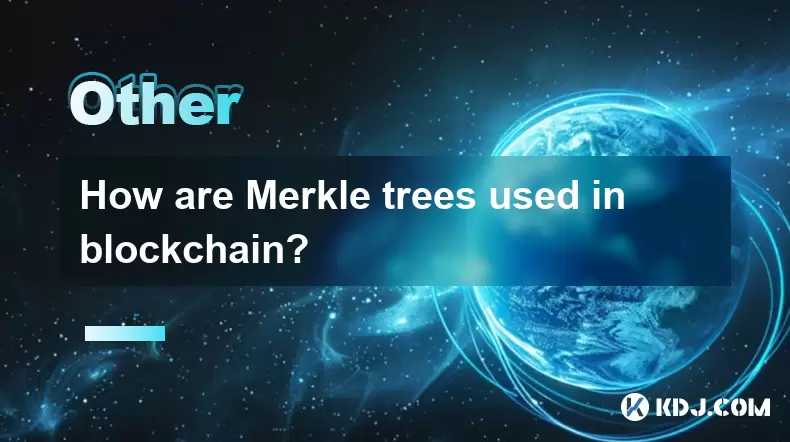
Understanding Merkle Trees in the Context of Blockchain
A Merkle tree, also known as a hash tree, is a fundamental cryptographic structure used in blockchain technology to ensure data integrity and efficiency in verifying transactions. In a Merkle tree, every leaf node is a hash of transaction data, and every non-leaf node is a hash of its child nodes. This hierarchical structure allows for rapid and secure verification of large sets of data. The root of the tree, known as the Merkle root, provides a single hash that represents all transactions in a block. Any change in a single transaction would alter the Merkle root, making tampering easily detectable.
Blockchain networks like Bitcoin and Ethereum use Merkle trees to summarize all transactions in a block. This design reduces the computational burden required to validate transactions. Instead of transmitting and verifying every transaction individually, nodes can verify the Merkle root included in the block header. The compact nature of the Merkle root enables lightweight clients, such as SPV (Simplified Payment Verification) nodes, to confirm transaction inclusion without downloading the entire blockchain.
Structure and Construction of a Merkle Tree
The construction of a Merkle tree follows a precise hashing process:
- Each transaction in a block is hashed using a cryptographic hash function, typically SHA-256 in Bitcoin.
- These individual transaction hashes form the leaf nodes of the tree.
- Pairs of leaf node hashes are concatenated and hashed together to form parent nodes.
- This pairing and hashing process continues recursively until only one hash remains — the Merkle root.
- If there is an odd number of nodes at any level, the last node is duplicated to form a pair.
For example, with four transactions (T1, T2, T3, T4):
- Hash(T1) and Hash(T2) are combined and hashed to create H12.
- Hash(T3) and Hash(T4) are combined and hashed to create H34.
- H12 and H34 are then combined and hashed to produce the Merkle root.
This structure ensures that the final root is cryptographically dependent on every transaction in the block. Even a minor alteration in a transaction would propagate up the tree and change the Merkle root, making it immediately evident.
Role of Merkle Trees in Block Validation
During block validation, nodes verify the integrity of transactions using the Merkle root stored in the block header. The block header is small (80 bytes in Bitcoin), making it efficient to transmit and store. When a node receives a new block, it recalculates the Merkle root from the included transactions and compares it to the Merkle root in the header. If they match, the transactions are confirmed as unaltered.
This mechanism is critical for decentralized consensus. Full nodes can validate blocks independently, while lightweight nodes use Merkle proofs to check if a specific transaction is included in a block. A Merkle proof consists of a subset of hashes (a Merkle path) that allows a node to recompute the Merkle root using only the transaction in question and the provided hashes. This enables trustless verification without requiring access to the full block data.
Efficiency of Merkle Proofs in SPV Wallets
SPV wallets rely heavily on Merkle trees to function efficiently. These wallets do not download the entire blockchain but instead connect to full nodes to request Merkle proofs for specific transactions. The process involves:
- The SPV client requesting a transaction's inclusion proof from a full node.
- The full node generating the Merkle path — a list of sibling hashes needed to recompute the Merkle root.
- The SPV client combining the transaction hash with the provided hashes in the correct order.
- Recomputing the root and comparing it to the one in the block header.
This method drastically reduces bandwidth and storage requirements. For a block with 1,000 transactions, only about 10 hashes (log₂(1000)) are needed in the Merkle path, making verification both fast and lightweight. The security of this process depends on the immutability of hash functions and the honesty of the block header's Merkle root.
Implementation Differences Across Blockchains
While the core concept remains consistent, different blockchains implement Merkle trees with variations. Bitcoin uses a binary Merkle tree with SHA-256 hashing. Transactions are hashed in pairs, and the tree is constructed from the bottom up. Ethereum, however, employs a more complex structure called a Merkle Patricia Tree, which supports not only transactions but also account states and storage. This allows Ethereum to verify account balances and smart contract data efficiently.
Some newer blockchains use Merkle Mountain Ranges (MMRs) for dynamic datasets, particularly in light client protocols and timestamping systems. MMRs allow efficient insertion of new data without rebuilding the entire tree, making them suitable for sidechains and stateless clients. Despite structural differences, the underlying goal remains the same: secure, efficient, and verifiable data representation.
Merkle Trees and Data Pruning
Merkle trees enable blockchain pruning, a technique where nodes remove old transaction data to save space while retaining the ability to validate new blocks. Since the Merkle root encapsulates all transactions, a pruned node can discard individual transaction details after confirming their inclusion. When needed, historical data can be retrieved from other nodes using Merkle proofs. This balance between storage efficiency and verifiability is crucial for scalability.
Nodes that support pruning maintain only the block headers and UTXO (Unspent Transaction Output) set. They rely on the Merkle root to ensure that the UTXO set aligns with the blockchain’s history. This design allows the network to grow without forcing every participant to store terabytes of data, promoting wider node distribution and decentralization.
Frequently Asked Questions
Can a Merkle tree detect which transaction was altered?While a Merkle tree confirms that a change occurred by producing a different root, it does not directly identify the altered transaction. To locate the specific transaction, a node must compare individual transaction hashes or use binary search across the tree by rehashing branches.
Is the Merkle root stored in every block?Yes, the Merkle root is included in the block header of every block. It is one of the key fields that ensure the block’s integrity and is used during consensus and validation processes.
What happens if there is only one transaction in a block?If a block contains only one transaction, that transaction’s hash becomes the leaf node. Since there are no pairs, the hash is duplicated to form a pair, and the resulting hash of the pair becomes the Merkle root. This ensures the tree structure remains consistent.
Do all nodes compute the Merkle root independently?Yes, full nodes independently compute the Merkle root from the transactions in a block and compare it to the one in the block header. This independent verification is essential for maintaining trust and security in the decentralized network.
Disclaimer:info@kdj.com
The information provided is not trading advice. kdj.com does not assume any responsibility for any investments made based on the information provided in this article. Cryptocurrencies are highly volatile and it is highly recommended that you invest with caution after thorough research!
If you believe that the content used on this website infringes your copyright, please contact us immediately (info@kdj.com) and we will delete it promptly.
- XRP Price, Ripple, and AlphaPepe: A Tale of Two Crypto Worlds
- 2025-10-19 08:25:15
- Bitcoin Fear Index, Crypto, and the Rebound: What's a New Yorker to Do?
- 2025-10-19 08:25:15
- FET Plunge, Rally, Forecasts: Decoding the AI Crypto's Next Move
- 2025-10-19 09:05:13
- Cardano Analyst's Key Move: $5 ADA by 2026?
- 2025-10-19 08:30:16
- Bitcoin, SUI, and Crypto Presales: Navigating the NYC Crypto Scene
- 2025-10-19 08:45:13
- Meme Coin Presales: Will the Next One Explode?
- 2025-10-19 08:30:16
Related knowledge
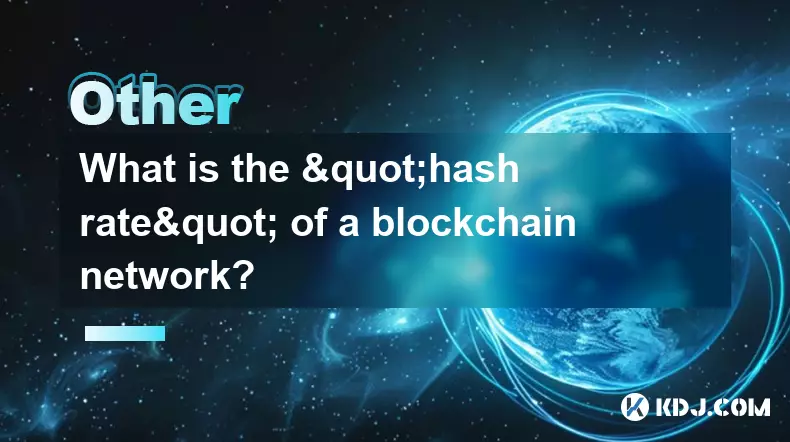
What is the "hash rate" of a blockchain network?
Oct 10,2025 at 03:55pm
Understanding Hash Rate in Blockchain Networks1. The hash rate refers to the total computational power being used to process transactions and mine new...
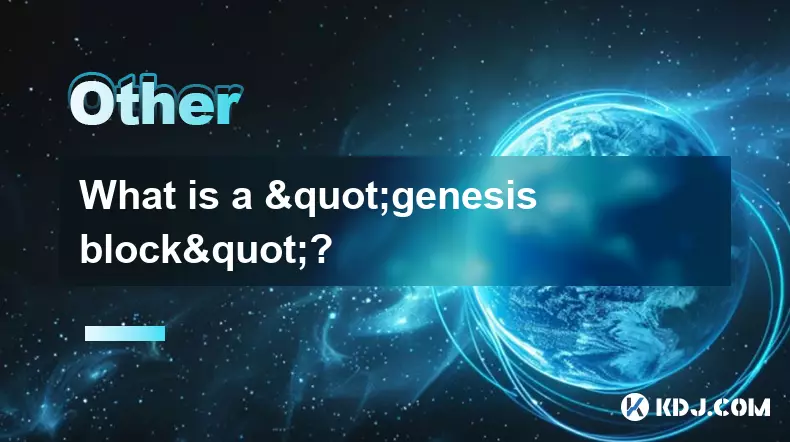
What is a "genesis block"?
Oct 15,2025 at 07:55pm
Understanding the Genesis Block in CryptocurrencyThe genesis block is the very first block in a blockchain network. It serves as the foundation upon w...
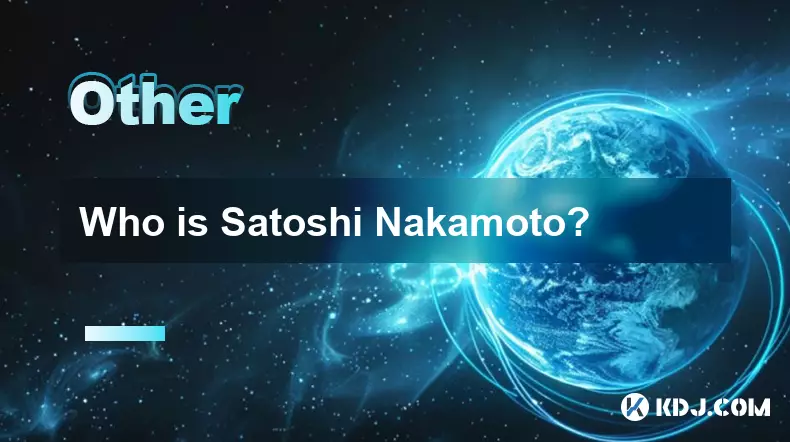
Who is Satoshi Nakamoto?
Oct 15,2025 at 01:01pm
Who is Satoshi Nakamoto?1. Satoshi Nakamoto is the pseudonymous individual or group credited with creating Bitcoin, the first decentralized cryptocurr...
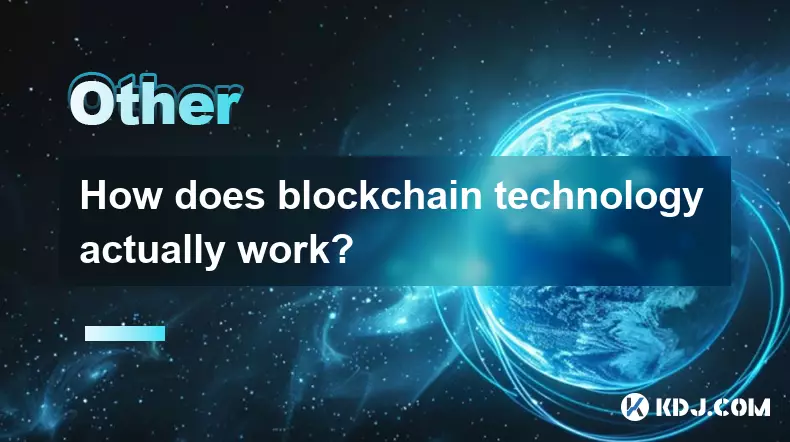
How does blockchain technology actually work?
Oct 11,2025 at 02:36pm
Understanding the Core Mechanism of Blockchain1. At its foundation, blockchain is a decentralized digital ledger that records transactions across mult...
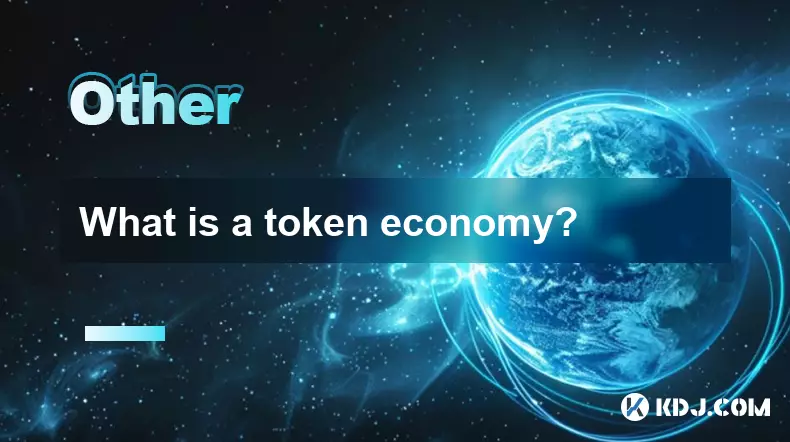
What is a token economy?
Sep 20,2025 at 12:18am
Understanding the Foundations of a Token Economy1. A token economy in the context of cryptocurrency refers to a system where digital tokens are used a...
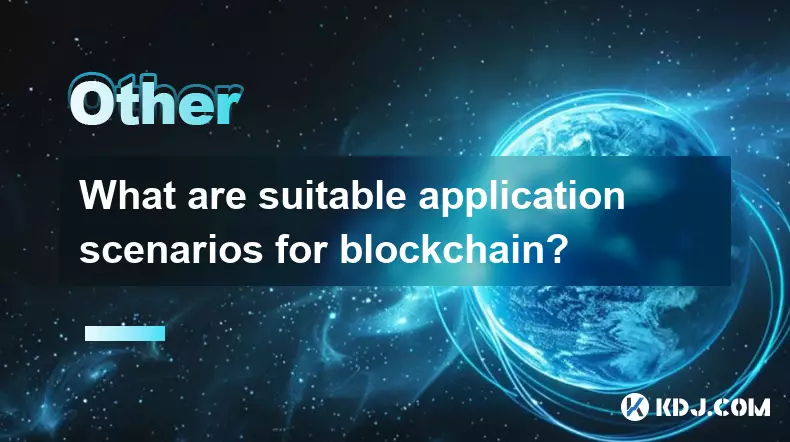
What are suitable application scenarios for blockchain?
Sep 20,2025 at 03:19am
Decentralized Finance (DeFi) Platforms1. Blockchain enables the creation of financial services without centralized intermediaries, allowing users to l...

What is the "hash rate" of a blockchain network?
Oct 10,2025 at 03:55pm
Understanding Hash Rate in Blockchain Networks1. The hash rate refers to the total computational power being used to process transactions and mine new...

What is a "genesis block"?
Oct 15,2025 at 07:55pm
Understanding the Genesis Block in CryptocurrencyThe genesis block is the very first block in a blockchain network. It serves as the foundation upon w...

Who is Satoshi Nakamoto?
Oct 15,2025 at 01:01pm
Who is Satoshi Nakamoto?1. Satoshi Nakamoto is the pseudonymous individual or group credited with creating Bitcoin, the first decentralized cryptocurr...

How does blockchain technology actually work?
Oct 11,2025 at 02:36pm
Understanding the Core Mechanism of Blockchain1. At its foundation, blockchain is a decentralized digital ledger that records transactions across mult...

What is a token economy?
Sep 20,2025 at 12:18am
Understanding the Foundations of a Token Economy1. A token economy in the context of cryptocurrency refers to a system where digital tokens are used a...

What are suitable application scenarios for blockchain?
Sep 20,2025 at 03:19am
Decentralized Finance (DeFi) Platforms1. Blockchain enables the creation of financial services without centralized intermediaries, allowing users to l...
See all articles





















![[4K 60fps] Astral by oc3andark (1 Coin) [4K 60fps] Astral by oc3andark (1 Coin)](/uploads/2025/10/19/cryptocurrencies-news/videos/k-fps-astral-ocandark-coin/68f438453fa33_image_500_375.webp)




















































